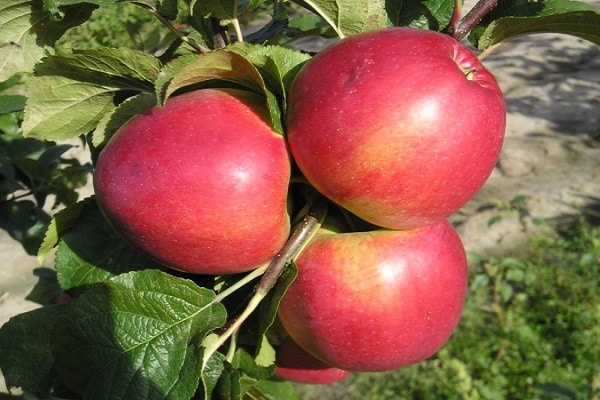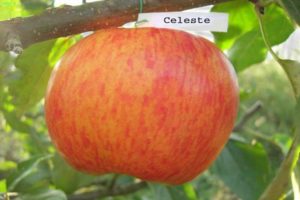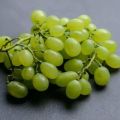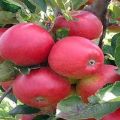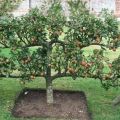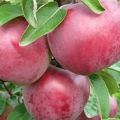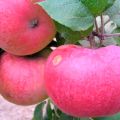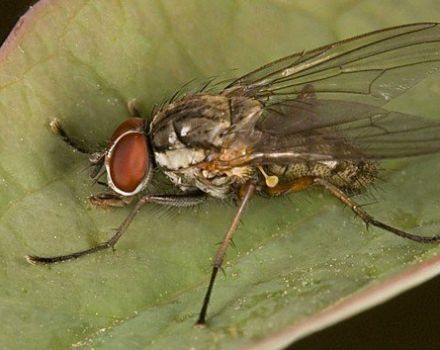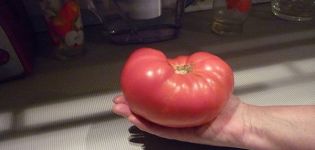Description of the Daria apple variety, cultivation features, pros and cons, yield
There has always been close attention to plants that bear fruit in the early period, since by the end of summer there is an abundance of fruits, and at the beginning, lovers of fresh fruits have nothing to please themselves with, except for purchased products. The need for fruits rich in vitamins occurs before the main crops have time to ripen, which is why the apple tree with the consonant name Daria is in high demand among gardeners.
Description of the apple tree variety Daria
To get acquainted with this plant, you need to find out detailed descriptions of the variety. It is distinguished by the following characteristic features:
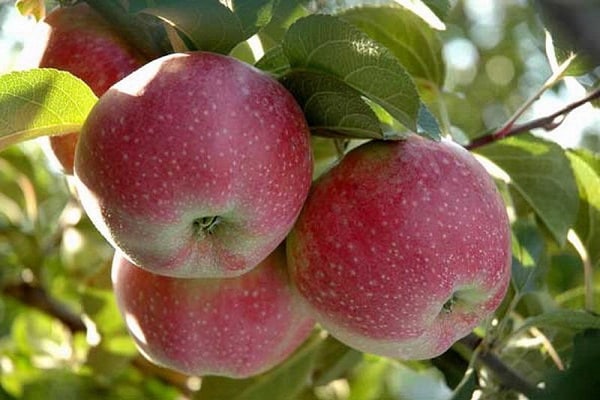
- The apple tree bears fruit 2-3 years after planting young seedlings in open ground.
- The tree grows small (the approximate growth of this breed is within three meters).
- The variety is characterized by a lush crown, with an abundance of dense leaves directed to the top of the crown.
- By themselves, the fruits are large (the average weight of an apple is 120-150 grams), while often growing in whole clusters.
- This variety is characterized by rapid growth (by average standards, the tree grows 10 centimeters annually).
This apple variety got its name from domestic gardeners. The culture originally developed in the USA had, instead of a name, a characteristic number - DA 6517.
This variety of apple trees needs to be grown in an open space, where there is no thickening of other massive trees, since Daria loves sunlight and moisture (if you plant seedlings in the shade, then there is a chance that they will catch the disease, and then they will develop slowly).
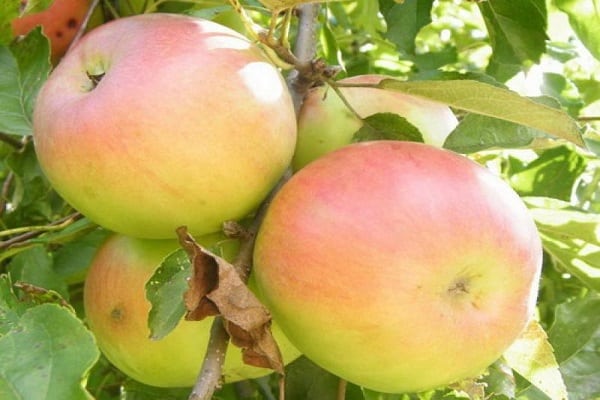
Pros and cons of the variety
For the apple variety Daria, both positive qualities and disadvantages are inherent. Consider the main benefits of this culture:
- early ripening of fruits;
- the abundance of the brought harvest;
- disease resistance;
- beautiful tree shape;
- resistance to low temperatures;
- small size of the plant;
- early fertility.
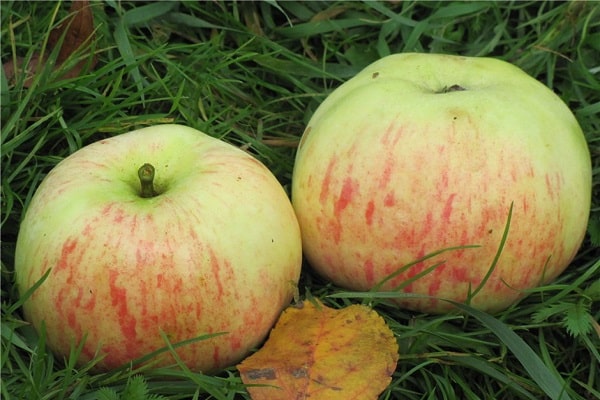
As already mentioned, this variety is distinguished by early flowering. After planting, a young tree can begin to bloom and bear fruit in the second or third year. However, there are also disadvantages: the tree loves an abundance of sunlight; to harvest a bountiful harvest, you need to take care of the seedling; if a scab grabbed the apple tree, then it is required to fight it immediately, or the plant will die.
If the young tree does not receive proper care, then subsequently the apple tree will not be able to bear fruit abundantly, and also the fruits will be characterized by a small size and the presence of an irregular shape, sores.
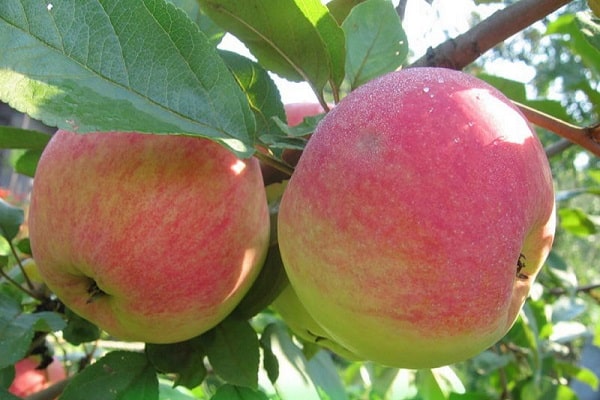
Ripening and fruiting
Immediately after planting the seedling in the ground, this apple variety quickly begins to develop. Each year a young tree will add 10 centimeters (sometimes more) in growth. However, upon reaching a height of three meters, the growth rate stops. This variety has the following fruiting characteristics:
- ripe fruits have the correct shape;
- the color of the crop is yellow-green, with a red blush;
- fruits ripen in July (in comparison with other varieties - early ripening);
- despite the early ripeness, the apples continue to hang on the tree, and do not fall;
- fruits are distinguished by the possibility of long-term storage;
- a young tree begins to bloom in the second year after planting;
- a bountiful harvest is obtained 2-3 years after planting the seedling.
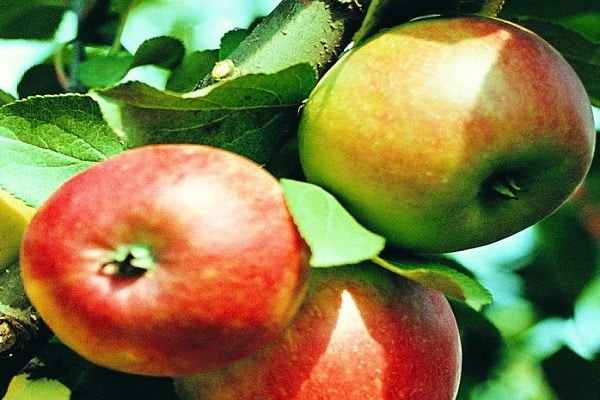
Ripe fruits of this variety have a moderate sweetness, as well as a sour taste, which increases the demand for these fruits, both among lovers of sweet and sour taste.
When a young tree blooms for the first time, it is recommended to remove the flowering, this will increase fertility for the next year (usually after that, ripe fruits are present on the apple tree in whole bunches).
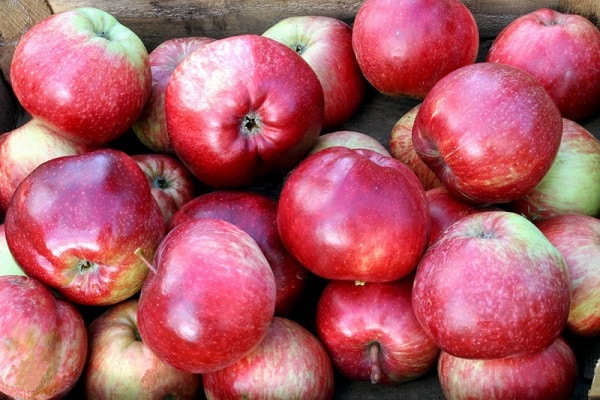
Frost resistance and disease
This breed of apple trees was bred specifically to resist modern diseases. Consider information on how this variety tolerates low temperatures and diseases:
- fruits are resistant to low temperatures, and keep well in the refrigerator;
- the tree itself is not damaged by frost, however, it is recommended to cover young seedlings when cold weather sets in;
- an adult tree freely tolerates frosts and sub-zero air temperatures;
- almost all known diseases are not terrible for this variety, since it was bred with the expectation of resisting ailments;
- for a young tree to grow strong and not subject to disease, it must be planted separately so that there is an abundance of sunlight.
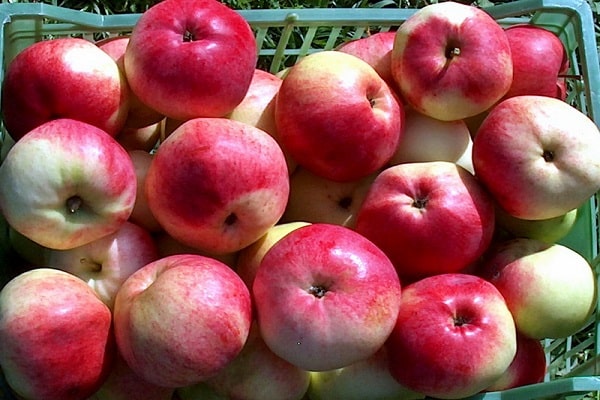
The only thing that seedlings and fragile trees can grab is scab, but this ailment is not terrible for Daria's apple trees, provided there is good natural light and sufficient water.
Usually trees of this variety are planted in a pre-prepared soil, which has been previously fertilized.
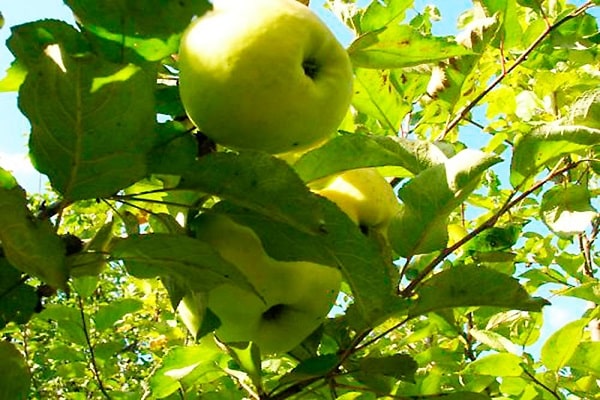
Growing climate
Despite the fact that the Daria apple tree was brought from the warm states of America, this breed grows well in the middle lane. Consider the optimal growth conditions:
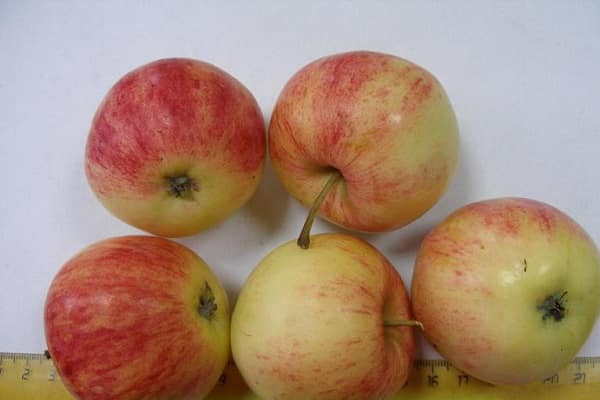
- A moderate climate is required.
- Moderate amount of precipitation.
- The presence of a lot of sunlight.
- Average temperature indicators (throughout the year - from -20 to +20 degrees).
- No strong wind.
If such indicators are present, then the apple tree grows at a rapid pace and after two or three seasons begins to bear fruit abundantly.
Despite the fact that the tree loves space and the sun's rays, it is not recommended to plant it away from larger plants, since the small dimensions of the apple trees do not allow them to freely withstand strong gusts of wind.
